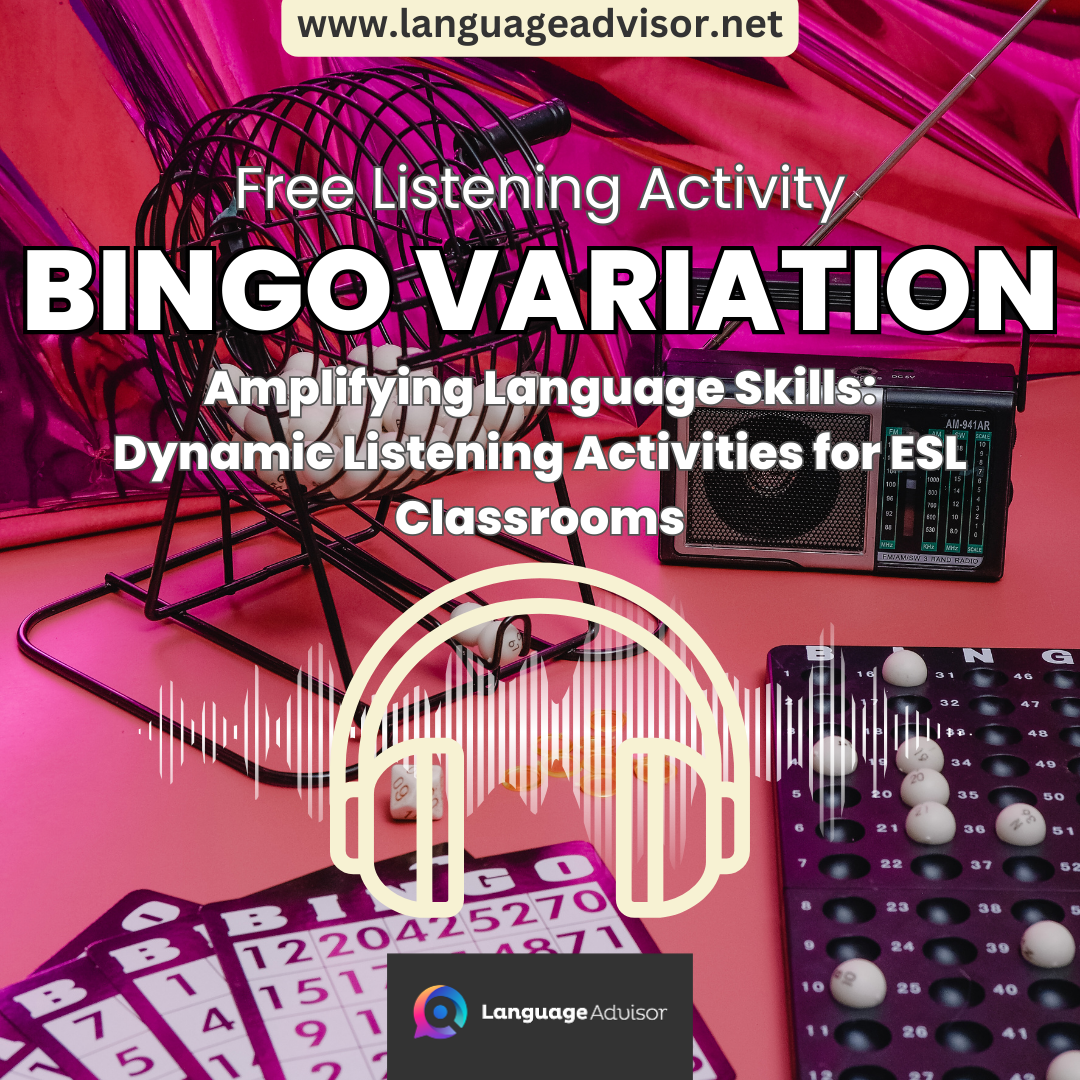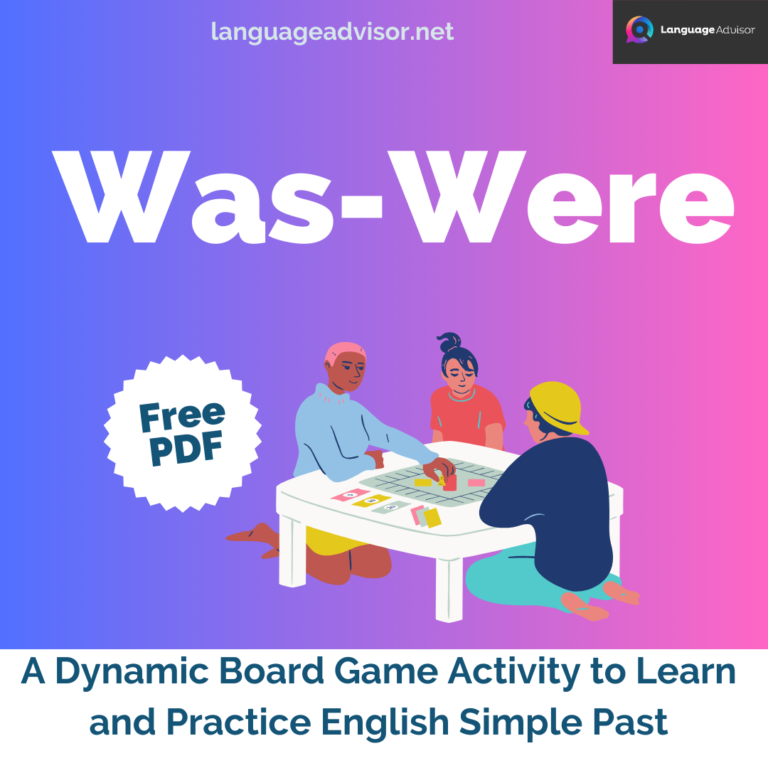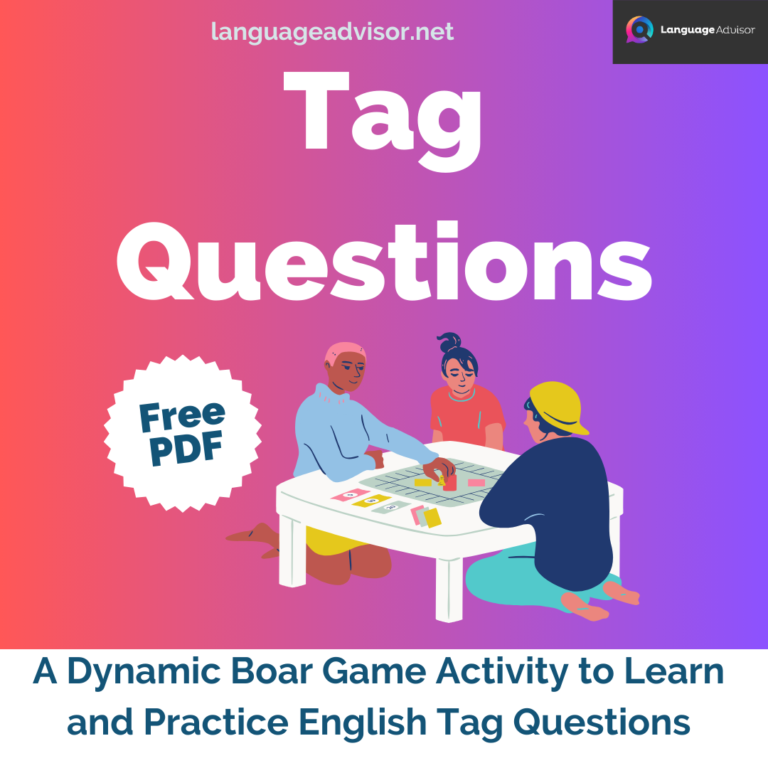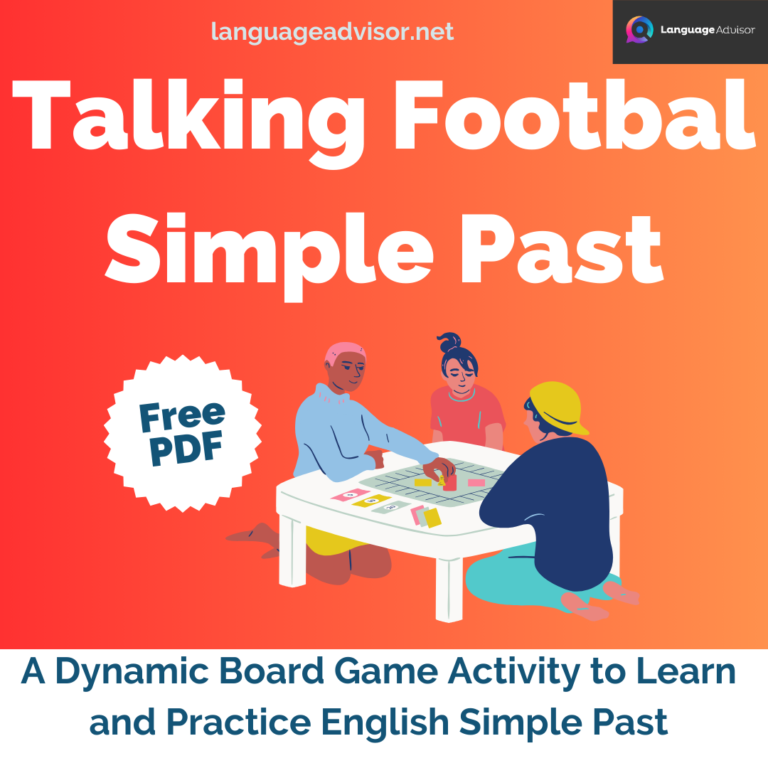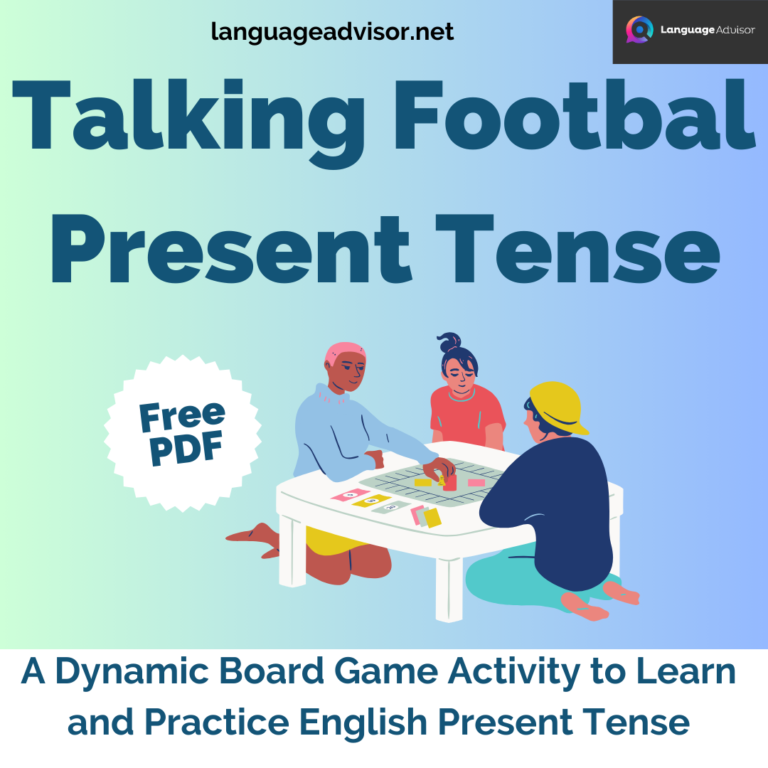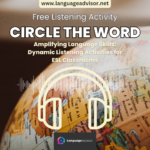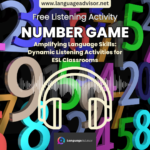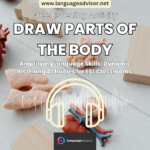BINGO VARIATION: INTRODUCTION BINGO – Listening Activity. Amplifying Language Skills: Dynamic Listening Activities for ESL Classrooms
BINGO VARIATION – Listening Activity

Amplifying Language Skills: Dynamic Listening Activities for ESL Classrooms
Embarking on a captivating expedition through the landscape of language acquisition, we delve into the heart of ESL classrooms in this insightful blog post. Our focus centers on unraveling the intricacies of language learning, with a particular emphasis on cultivating listening skills. Tailored for students at the elementary, junior high, and senior high school levels, our exploration aims to provide educators and learners alike with a repertoire of engaging and interactive listening activities.
The art of language acquisition is multifaceted, and among its essential pillars, listening plays a pivotal role. In our journey together, we’ll unravel a tapestry of creative strategies designed to elevate listening comprehension in ESL classrooms. These activities are carefully crafted to not only captivate the learners’ attention but also foster an environment where language acquisition becomes an enjoyable and immersive experience.
Teachers seeking fresh and inventive approaches to ESL instruction will discover a wealth of ideas within these pages. From adapting classic games to suit language learning objectives to incorporating multimedia resources that resonate with the tech-savvy generation, we aim to empower educators with tools that transcend traditional language instruction.
For students navigating the complexities of English language acquisition, this post serves as a compass, guiding you through a spectrum of listening exercises designed to refine your comprehension skills. Whether you’re aiming to bolster your proficiency for academic pursuits or simply looking to enhance your communication abilities, these activities are crafted to make language learning not just a task but an enjoyable journey of exploration.
So, join us on this expedition of language discovery as we navigate the diverse terrains of ESL classrooms, uncovering the richness of dynamic listening activities that transform the language learning experience.
Let’s embark together on this exciting journey towards mastering the art of listening and speaking in English!

BINGO VARIATION: INTRODUCTION BINGO
DESCRIPTION
Here’s a chance for students to stretch their legs by moving around. This is also a great way to get to know their classmates! This definitely won’t work with low-level students.
Instructions
- Each student asks lots of students in the class one question from this sheet.
- He or she must ask each student a different question and write the students’ names and answers in the correct box on this sheet.
- When they have filled in all the boxes, they should return to their seat.
- When the teacher calls out the name of a student they have marked down on their sheet, they should put an “X” in that box. When they have 5 “Xs” across, down, or diagonally, they have won the game. The student should raise his/her hand and say “BINGO!” to let the
teacher know they have finished. - Since several students may have the same family name, they should write the first letter of that student’s first name down with the last name.
- When finished, they can keep the sheet to remember interesting facts about their classmates.

BINGO VARIATION: INTRODUCTION BINGO – REMARKS
This is a good game to end a class.

Also check out these articles on teaching, teaching methods and teaching tools

Did you find this article useful? If you have additional ideas, share them in the comments section below


